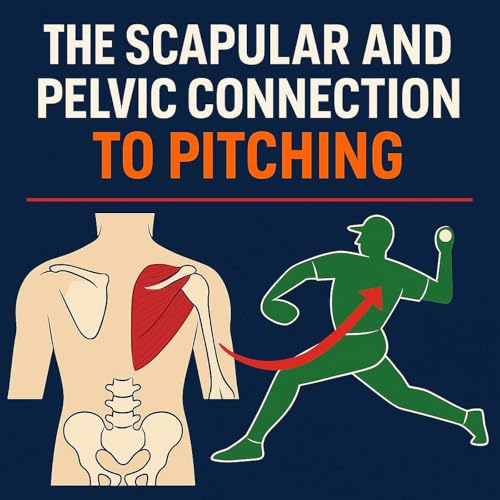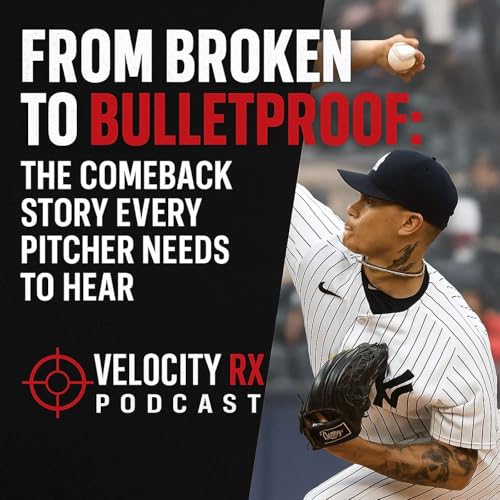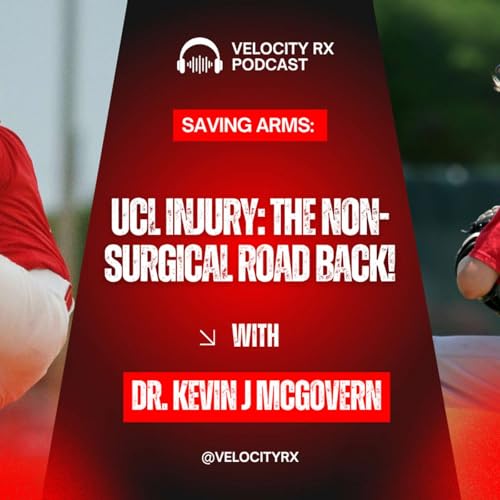Send us a text
A pitcher’s arm shouldn’t need a full-body emergency to finish a throw, yet that’s exactly what we uncovered when a minor leaguer reached out about thoracic outlet symptoms, a past elbow fracture, and a velocity drop that got worse as outings wore on. The video told the story: a sharp pelvic pop at release, weight shifting back to the heel, and a short, guarded finish. The surprise was where the problem really started—not in the legs, but in the shoulder, where scapular rhythm had broken down and the upper traps were doing the wrong job at the worst time.
We walk through the Game Test we use to map neurological sequence and then break down the shoulder coordination screen that revealed the truth. Above horizontal, his upper traps fired hard and early, the shoulder blades stalled and protracted, and the middle and lower traps—the true decelerators—went missing. When the scapula can’t glide down and in, the brachial plexus gets crowded and the arm can’t decelerate, so the nervous system recruits the pelvis to slam on the brakes. That protective pattern may save the joint but it steals velocity, consistency, and health. We dig into why “you can only accelerate what you can decelerate” isn’t a slogan; it’s the organizing rule of high-velocity throwing.
Then we share the simplest fix most pitchers never try: isometric scapular depression. Supine, arms up, shoulder blades tucked down and toward the spine, five-second holds for high-quality reps. After 100 reps, our athlete threw and felt an immediate difference—clearer path, calmer finish, less stress, better carry. We also dispel a persistent myth that scapular depression causes thoracic outlet signs, and explain why shrug-heavy cues and screen-strained posture feed the exact pattern that closes the outlet and crushes performance. If you coach pitchers, rehab throwers, or fight late-inning velo fade, you’ll learn how to spot the pelvic “brake,” test shoulder rhythm, and activate the right decelerators so the arm can finally move fast without fear.
If this resonated, subscribe, share with a teammate or coach, and leave a review. Want help fixing your sequence and saving your arm? Visit velocityrx.org and join the mission to help save one million arms.
Support the show
The Velocity Rx podcast mission is to help save one million arms by giving the very best mechanical, health, and arm care information to it's listeners.
 20 分
20 分 16 分
16 分 24 分
24 分 2025/10/2019 分
2025/10/2019 分 43 分
43 分 17 分
17 分 56 分
56 分 28 分
28 分
